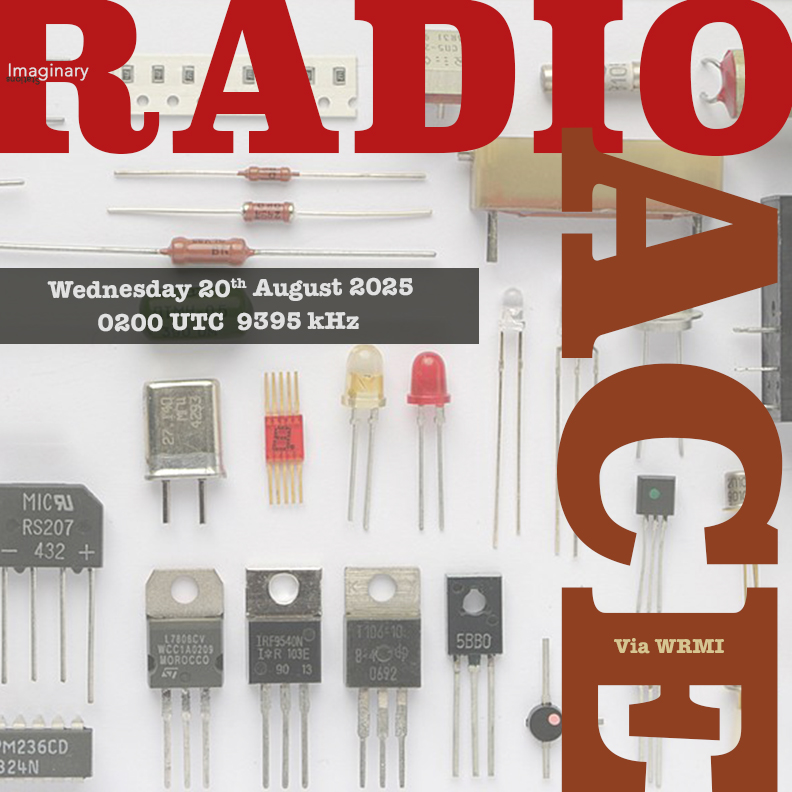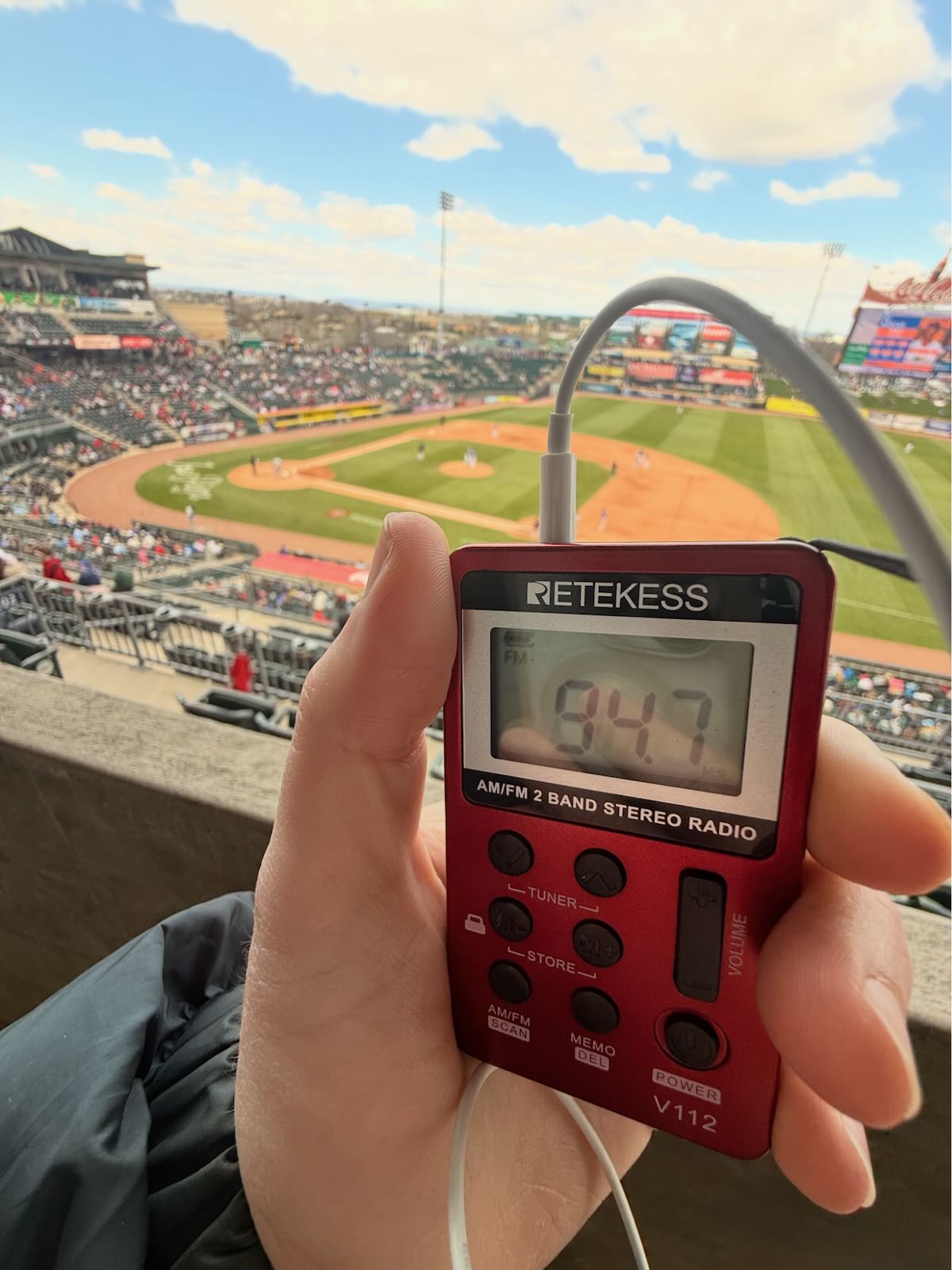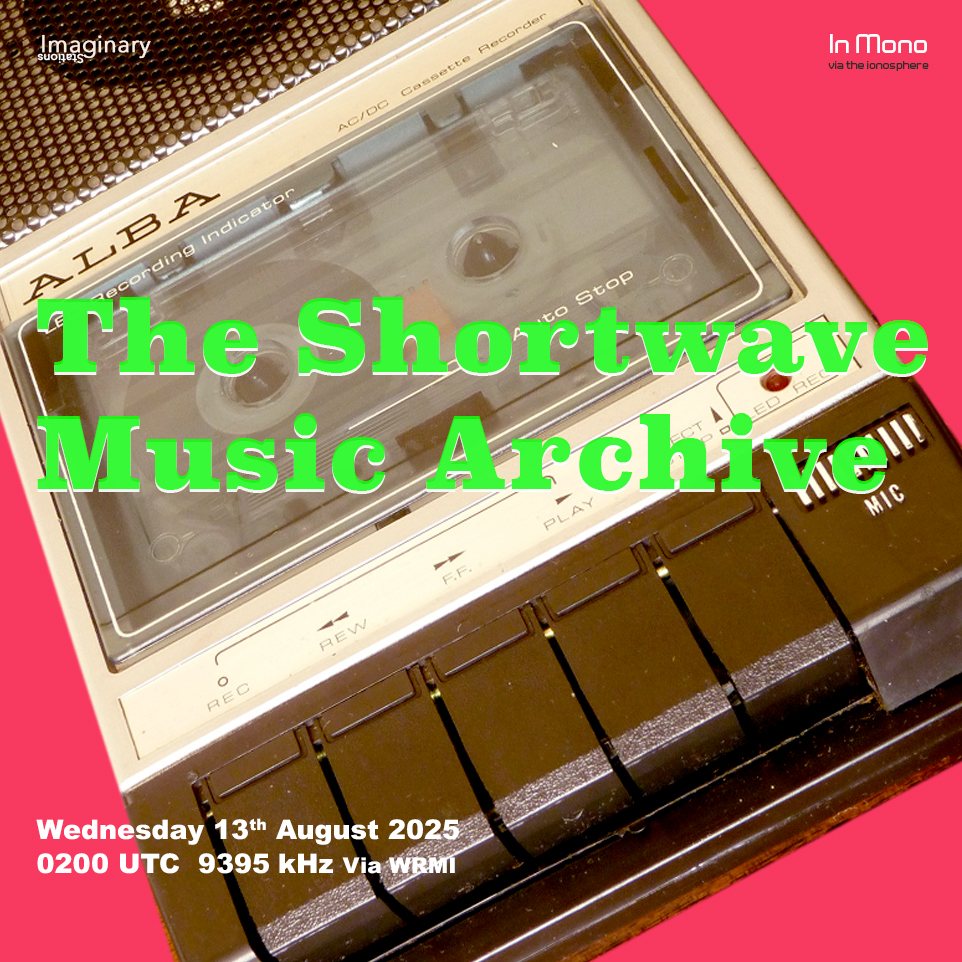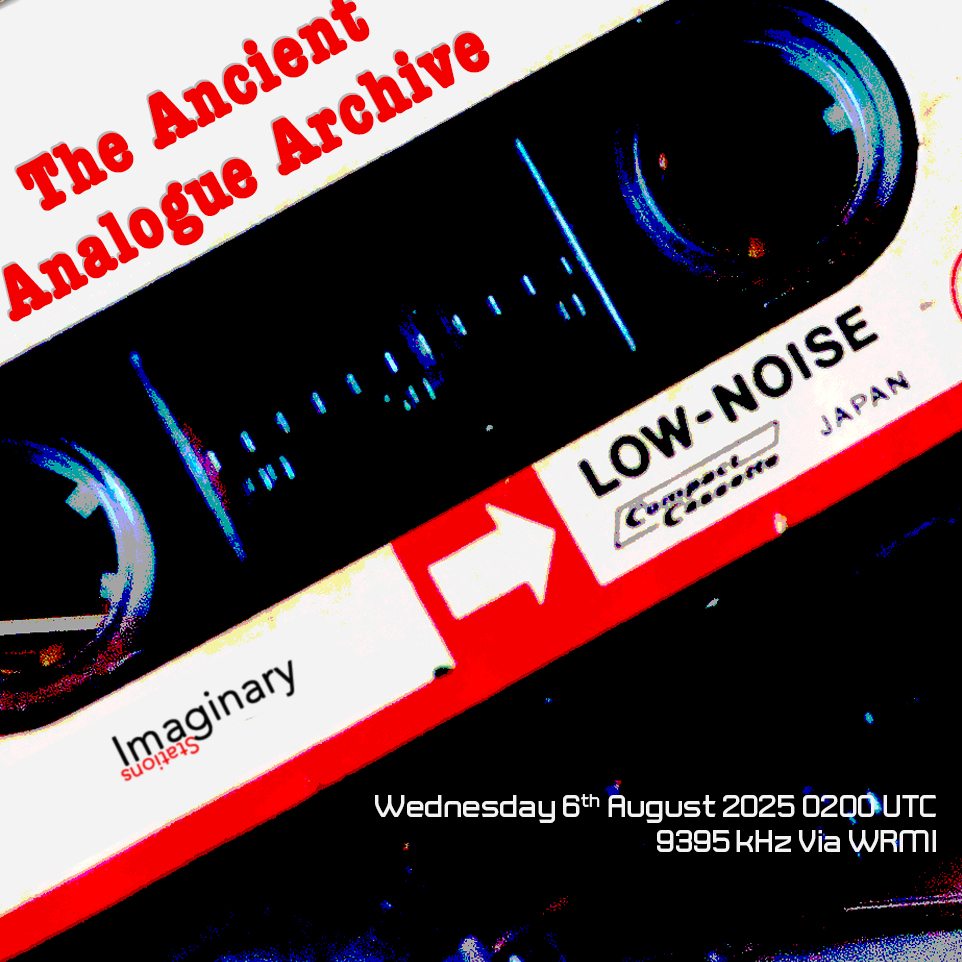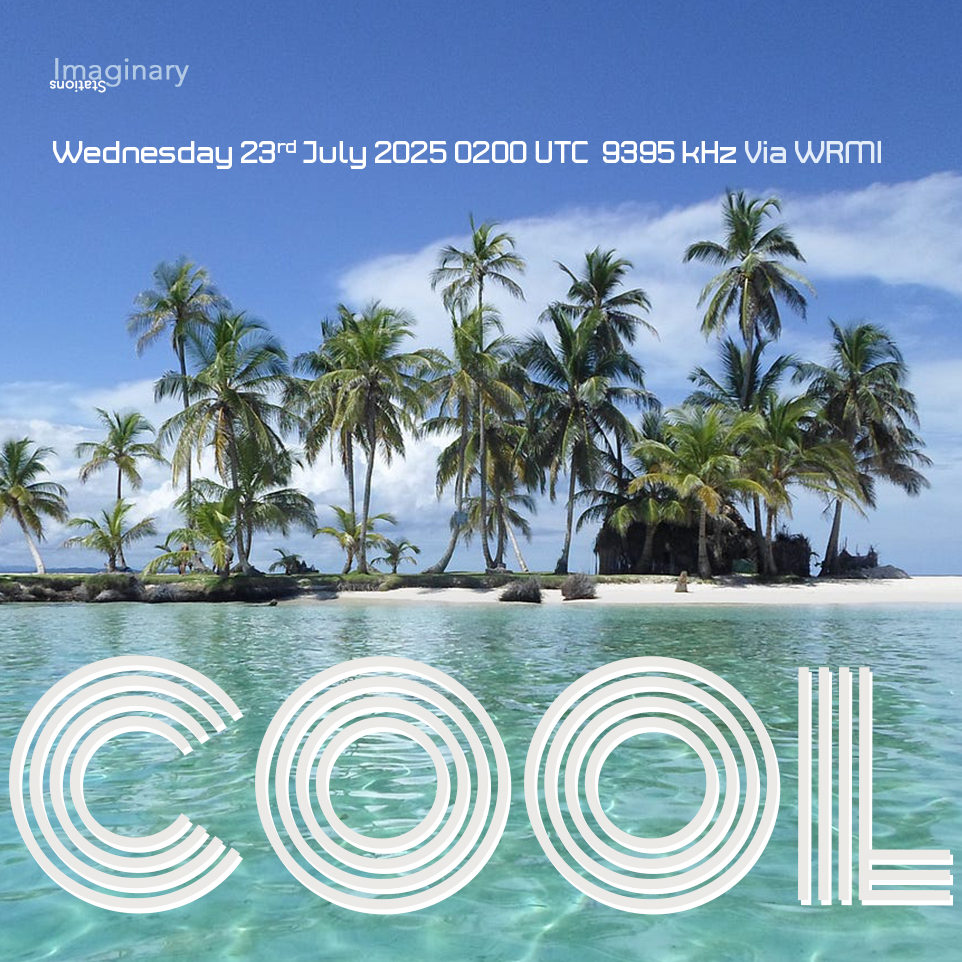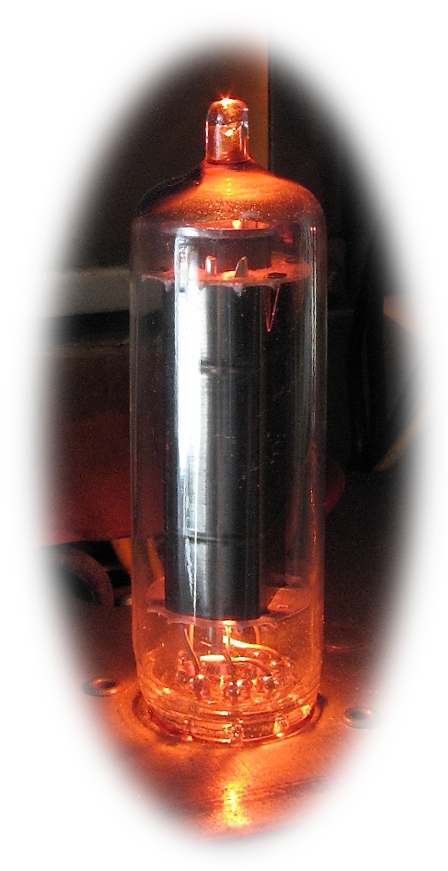
An operating 50C5 pentode is a thing of beauty.
The Book Lamp; or Shedding Some Light on a Radio
Illuminated by Bob Colegrove
There was a time in this writer’s memory when radios were well lit – well, at least the ones with glass tubes. Tubes emitted a warm glow which made the radio come alive, generated some heat on a cold winter night, and created an aura of mystery revealing signals from faraway places. Besides glass tubes, a #44 or #47 incandescent bulb was likely inserted just out of sight beside the dial. This illuminated the dial information, which, however, required some mathematical interpretation.
Today’s radios are dark. Inside them, circuit boards and ICs look like an unanimated scene from Tron. Most often, the only illumination is from the LED or LCD display, and that is often weak, or lasts just a few seconds. Unlike the old dials, displays do convey some useful information; but they have shortcomings which can be summarized into three general categories:
- Some displays are very dimly lit.
- Some displays don’t have continuous illumination.
- Some displays have continuous illumination, but their use consumes power.
I have radios in each of these categories. A desk lamp, if available, can’t always be placed in the right position relative to the radio.
Having a natural bent to fabricate things, I began to conjure a solution. This would require three components:
- An independent source of light,
- a bracket to hold the light in place, and
- a stand to counterweight the light and bracket.
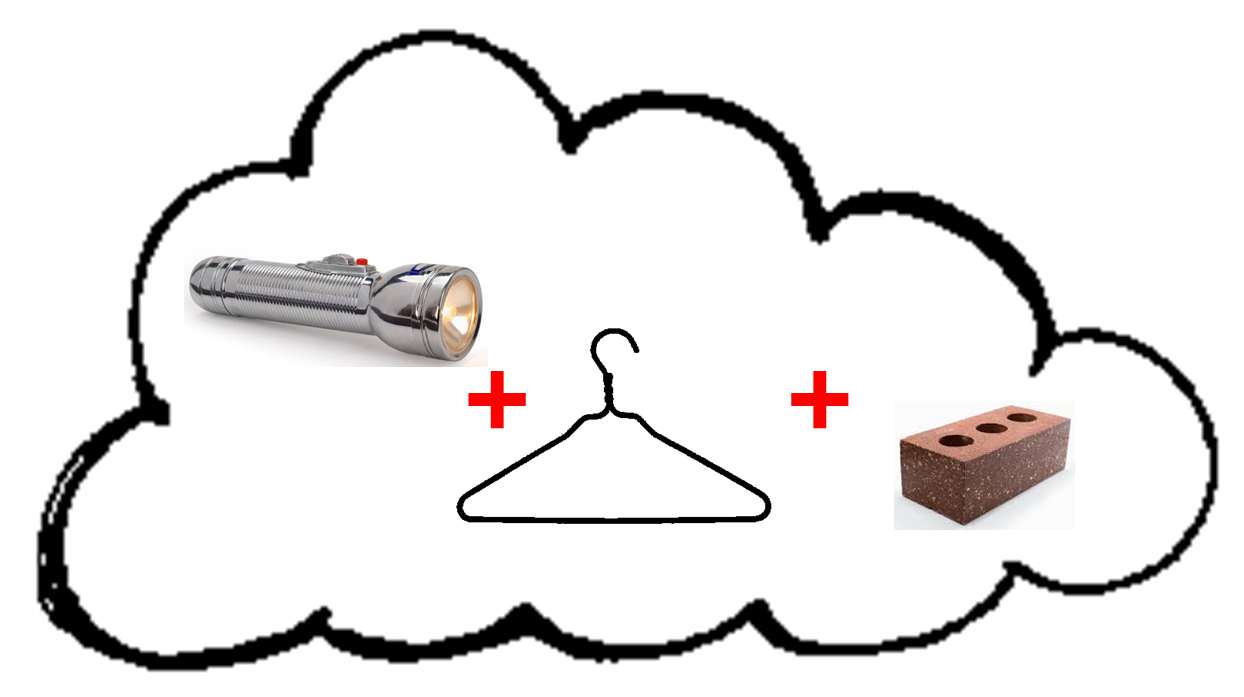 I quickly began to see mechanical problems attendant to fabrication, plus the realization that construction would demand some effort on my part. My project quickly transformed into a search for a product on the Internet which would satisfy the requirements without me expending any work.
I quickly began to see mechanical problems attendant to fabrication, plus the realization that construction would demand some effort on my part. My project quickly transformed into a search for a product on the Internet which would satisfy the requirements without me expending any work.
I found a book lamp has the advantage of illuminating the entire radio keyboard, not just the display.
There is a wide selection of book lamps. My search focused on LEDs with rechargeable lithium batteries. That didn’t narrow things down very much. There are a lot of them. My choice without a whole lot of research was a Vekkia 3000-K Warm LED Rechargeable Book Light [SWLing Post affiliate link]. It has not disappointed.
- It’s the right size for most portable radios, ~7-in long flexible gooseneck, 2.01-oz weight. The clamp opens about 1.8 inches. It folds up into a compact bundle and it would be no problem to pack for a trip.
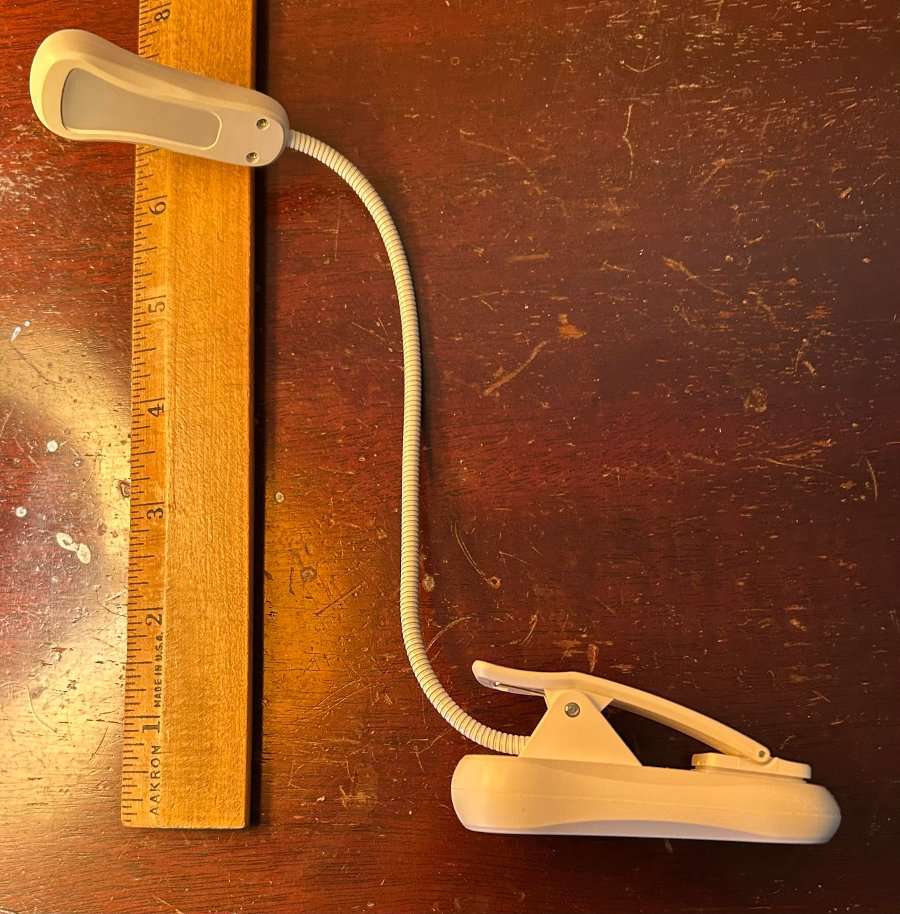
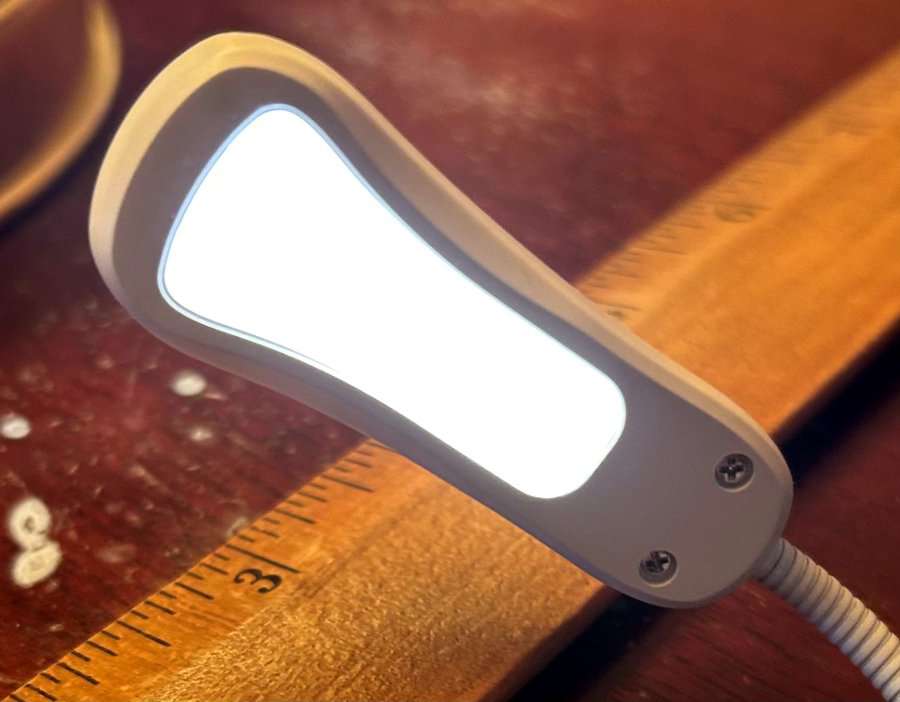
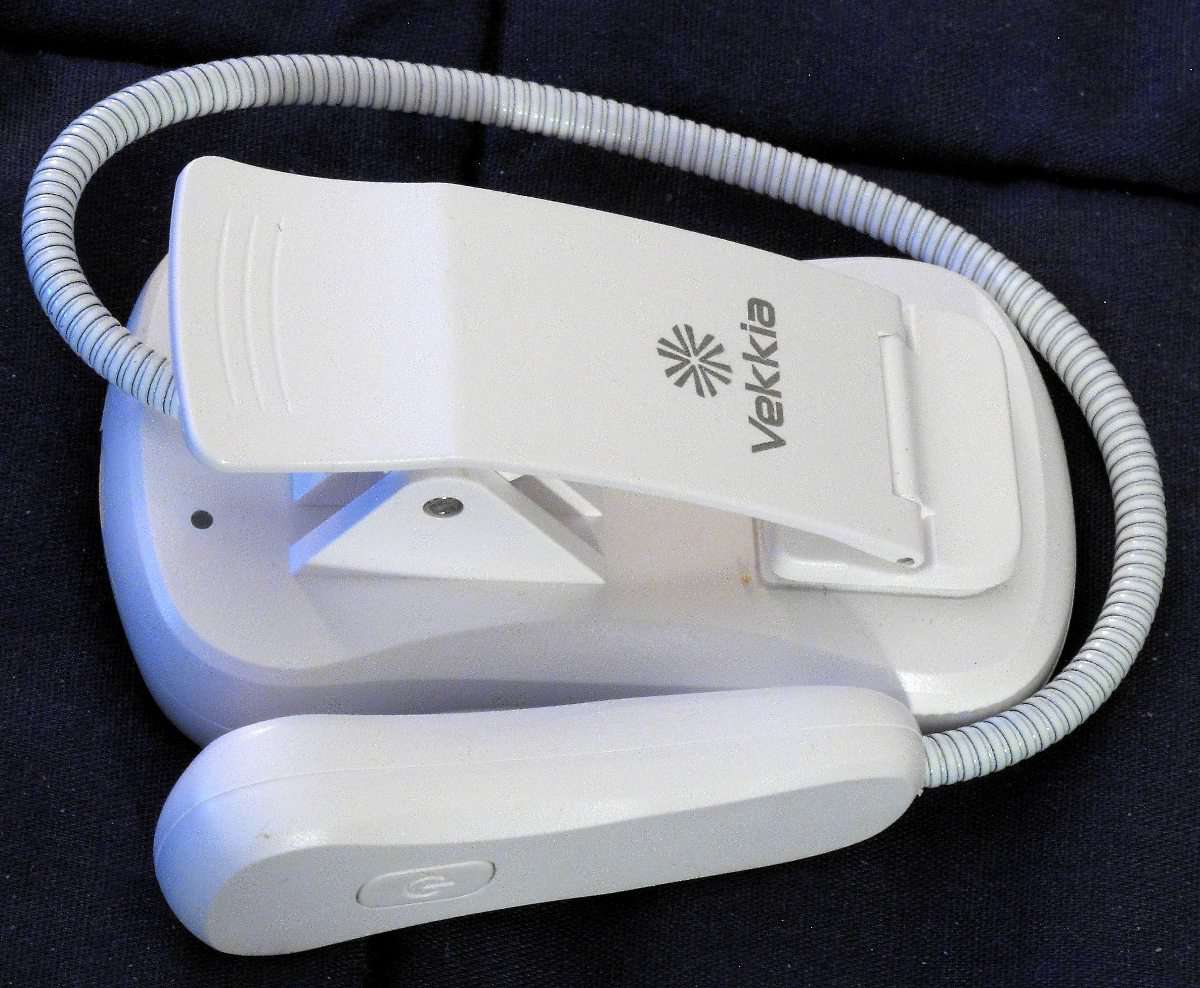
- There are six 3000-K LEDs having three brightness levels. Some of the other models have multiple color temperature settings. 3000 K is relatively warm, easy on the eyes during long use.
- The vendor claims up to 80 hours of operation at the lowest light level. I have been operating mine at the middle level. Full charge is claimed to take 1.5 hours. A short USB-C cord is supplied.
- The clamp and battery assembly are heavy enough to serve as a stand and can support the lamp without clamping.
- The clamp will fit on the end of the radio kick stand. This might be the preferred way to operate the radio if it is being handheld.
- Most importantly, the lamp was operated separately near the radio and the antenna and did not produce any noise. This would not be the case during charging with a USB wall wart.
The photo below shows how the problems listed above have been resolved with a book lamp. The arrangement is complemented with a 7-inch Kindle Fire tablet displaying a current shortwave broadcast listing – a nice package at home or away.
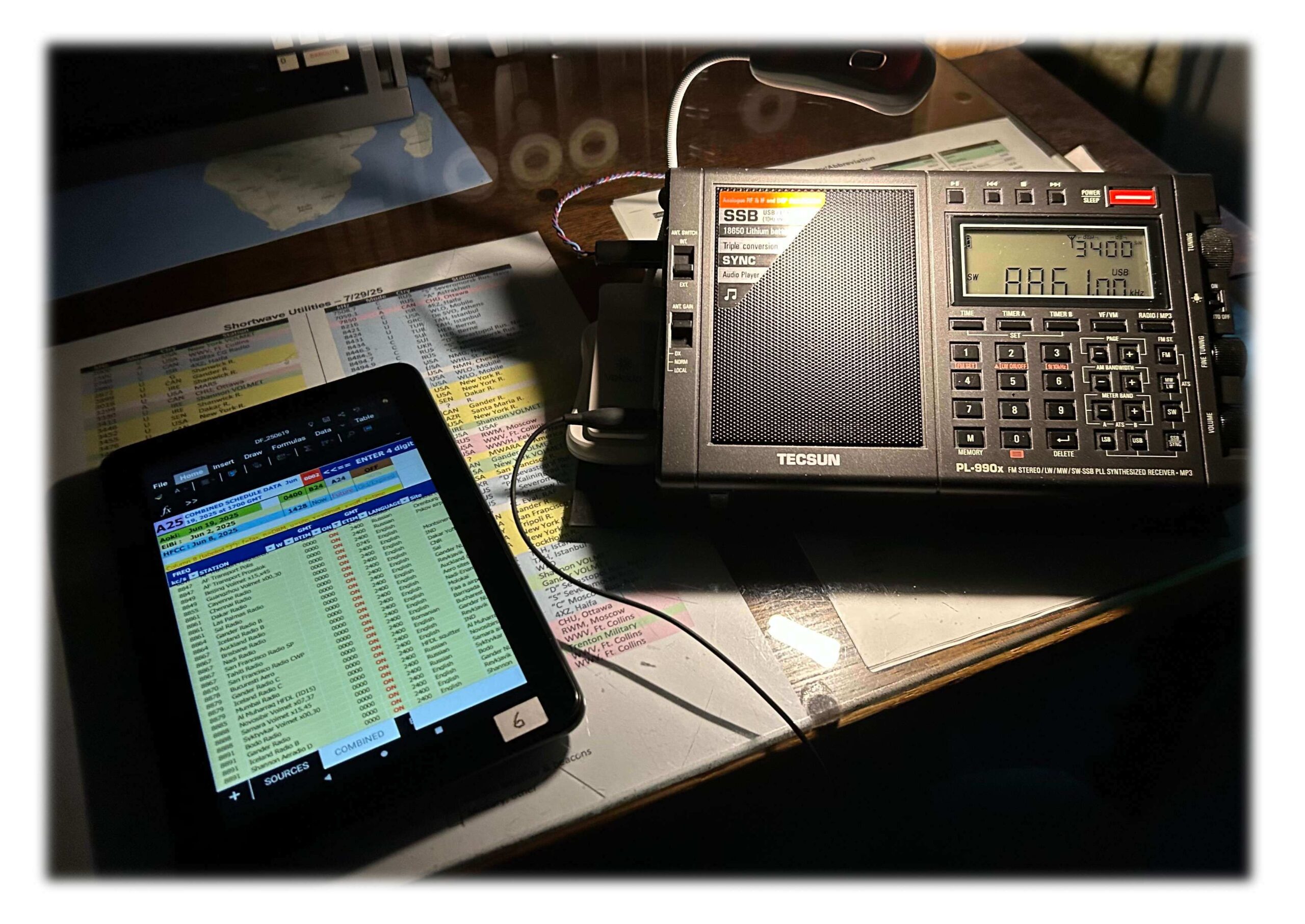
Tecsun PL-990 with its switch-settable continuous light turned off
There is a certain charm operating the radio with only a book lamp for illumination – certainly not like vacuum tubes, but charm, nonetheless. Improving the radio listening experience is an on-going process.


